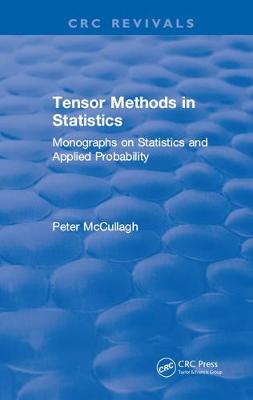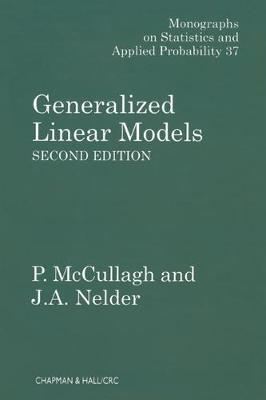Chapman & Hall/CRC Monographs on Statistics and Applied Probability
2 primary works
Book 29
This book provides a systematic development of tensor methods in statistics, beginning with the study of multivariate moments and cumulants. The effect on moment arrays and on cumulant arrays of making linear or affine transformations of the variables is studied. Because of their importance in statistical theory, invariant functions of the cumulants are studied in some detail. This is followed by an examination of the effect of making a polynomial transformation of the original variables. The fundamental operation of summing over complementary set partitions is introduced at this stage. This operation shapes the notation and pervades much of the remainder of the book. The necessary lattice-theory is discussed and suitable tables of complementary set partitions are provided. Subsequent chapters deal with asymptotic approximations based on Edgeworth expansion and saddlepoint expansion. The saddlepoint expansion is introduced via the Legendre transformation of the cumulant generating function, also known as the conjugate function of the cumulant generating function. A recurring them is that, with suitably chosen notation, multivariate calculations are often simpler and more transparent than the corresponding univariate calculations. The final two chapters deal with likelihood ratio statistics, maximum likelihood estimation and the effect on inferences of conditioning on ancillary or approximately ancillary statistics. The Bartlett adjustment factor is derived in the general case and simplified for certain types of generalized linear models. Finally, Barndorff-Nielsen's formula for the conditional distribution of the maximum liklelihood estimator is derived and discussed. More than 200 Exercises are provided to illustrate the uses of tensor methodology.
Book 37
The success of the first edition of Generalized Linear Models led to the updated Second Edition, which continues to provide a definitive unified, treatment of methods for the analysis of diverse types of data. Today, it remains popular for its clarity, richness of content and direct relevance to agricultural, biological, health, engineering, and ot

